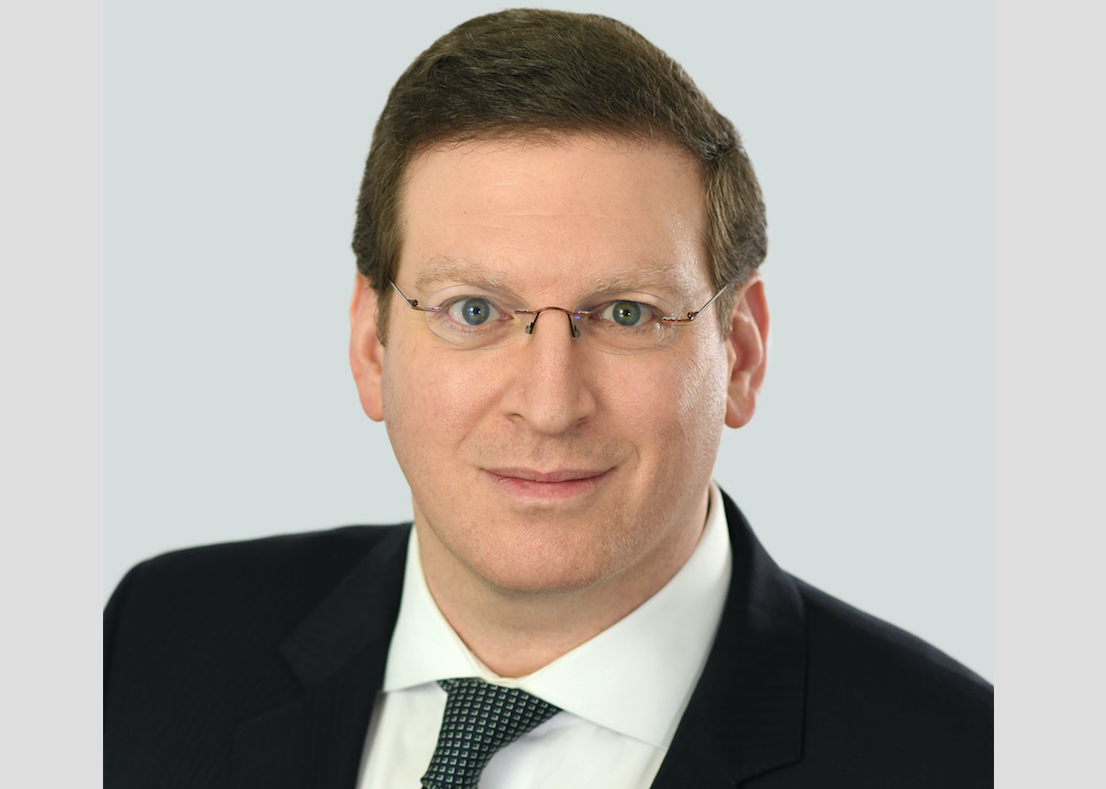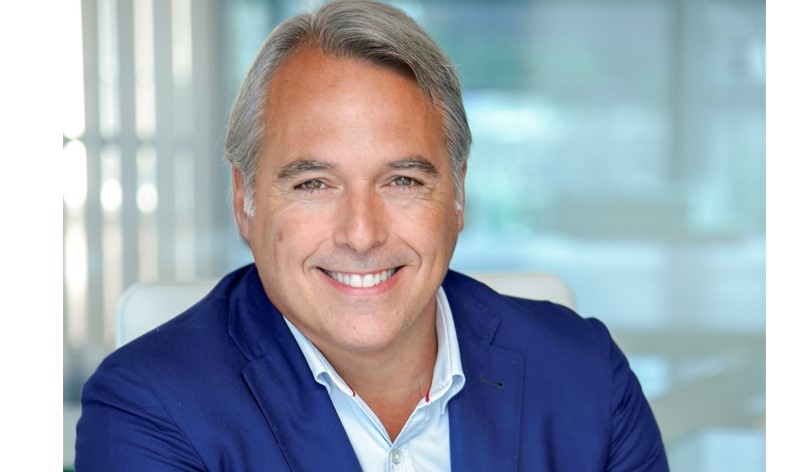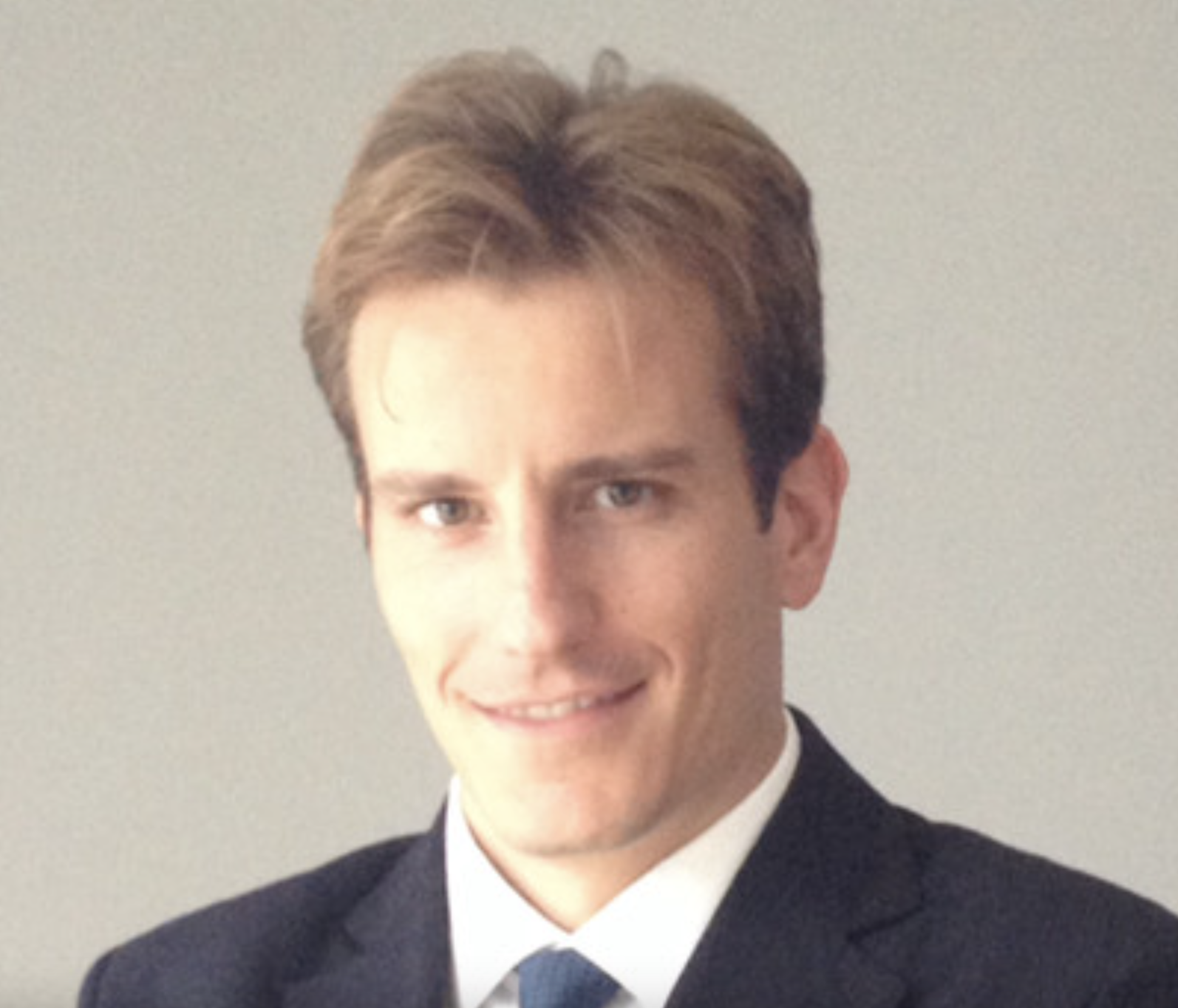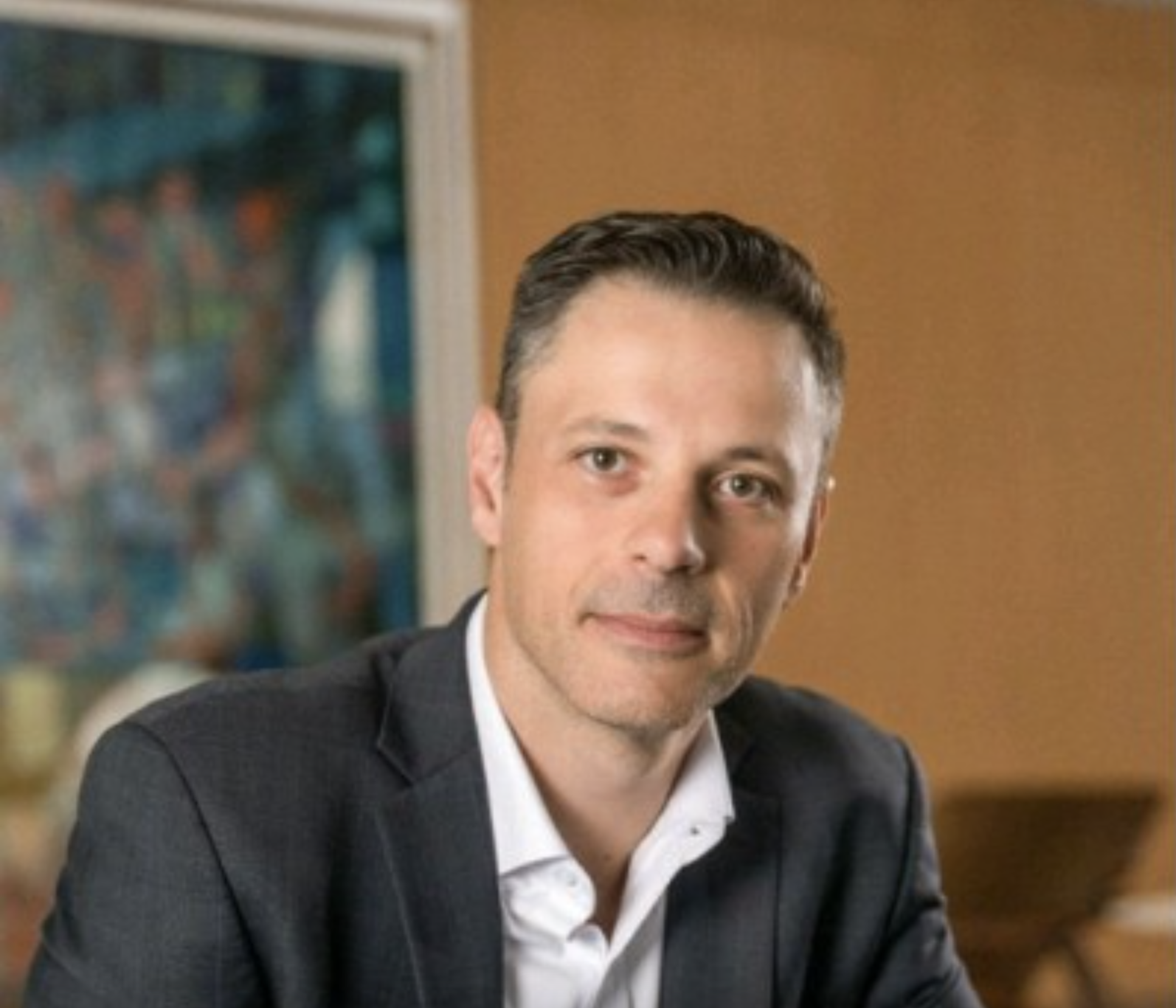Lazard Names Evan L. Russo CEO of Asset Management
| For Beatriz Zúñiga | 0 Comentarios

Lazard announced that Evan L. Russo, Chief Financial Officer (CFO) of Lazard, will succeed Ashish Bhutani as Chief Executive Officer (CEO) of Lazard’s Asset Management business.
Mr. Bhutani has decided to retire as CEO of Lazard’s Asset Management business and from the Board of Directors of both Lazard Ltd and Lazard Group as of June 1, 2022, to pursue philanthropic and personal interests. Mr. Bhutani will continue serving as Chairman of Asset Management and as a Vice Chairman of Lazard through the end of the year. Mr. Russo will continue serving as Lazard’s CFO and work with Kenneth M. Jacobs, Chairman and CEO of Lazard, to expeditiously identify his successor.
Mr. Russo joined Lazard in 2007. He has served as CFO and as a key member of Lazard’s executive leadership team since October 2017. In his role as an executive officer, he helped to lead strategic priorities for the firm, developing a deep understanding of the Asset Management business. As CFO, Mr. Russo significantly increased engagement with Lazard’s stakeholders. He also developed a deep bench of talent and enhanced the capabilities of the finance team worldwide. He successfully led projects to modernize and improve the firm’s global financial capabilities and optimized the firm’s capital structure. Prior to becoming CFO, Mr. Russo served as Co-Head of Lazard’s Capital Markets and Capital Structure Advisory practice in the firm’s Financial Advisory business.
Mr. Bhutani joined Lazard in 2003, was shortly thereafter appointed head of Lazard Asset Management and became a member of the Board of Directors in 2010. Under his leadership, Lazard’s Asset Management business has become a leading global asset manager with over $250 billion in assets under management. Mr. Bhutani, along with the senior management team, has built a business based on a culture of innovation and entrepreneurship, with a passionate commitment to serving clients with excellence. It is this culture that underpins Lazard’s success and will continue to be a driving force in its future growth.
Mr. Bhutani is Chairman of the Lazard Foundation in the U.S. in addition to being active in a number of philanthropic organizations, including serving as a Board member of City Harvest. He now plans to focus more on his personal philanthropic efforts.
“Over his two decades at Lazard, Ashish has led the transformation of our Asset Management business into a leading global franchise driven by a world-class team, and for the past 12 years he has served as a valued member of our Board of Directors,” said Mr. Jacobs. “Ashish has been an inspirational partner, and I admire him as a leader and as a philanthropist. On behalf of Lazard’s Board, I thank Ashish for his substantial achievements as a senior leader of the firm and his contributions as a Board member.”
“The success of our Asset Management business over the past 20 years has been driven by our innovative and entrepreneurial culture, and an unwavering focus on delivering the best of Lazard to our clients,” said Mr. Bhutani. “I am confident that under Evan’s leadership, working closely with our experienced senior management team, the business will reach new heights in delivering best-in-class investment solutions and service to our clients.”
Lazard’s Asset Management business provides a world-class suite of investment solutions across a diverse range of asset classes, regions and investment styles, with operations in 24 cities, supporting clients in more than 50 countries across the globe.
Alexander F. Stern, President of Lazard, to retire from the firm at year end
Lazard also announced today that Alexander F. Stern, President of Lazard since 2019 and an investment banker in its Financial Advisory business for nearly 30 years, has decided to retire from the firm at the end of this year. He will continue serving in his current role as President through year-end 2022 and will also continue as Executive Chairman of Lazard Growth Acquisition Corp. I, a Special Purpose Acquisition Company.
“Alex has been an invaluable partner to me for many years and an important advisor to Lazard’s Board,” said Mr. Jacobs. “He has been a key member of our executive leadership team as President. In his prior role as Global Head of Strategy, he was responsible for our key strategic initiatives, and as Chief Operating Officer he ensured our successful transition to being a public company. As CEO of Financial Advisory until 2019, Alex steered the development of our Financial Advisory business globally, enhanced collaboration and productivity across our workforce and strengthened our relationships with our investment banking clients. On behalf of our Board, I thank him for his years of service and unwavering commitment to the firm, our clients and our culture.”














